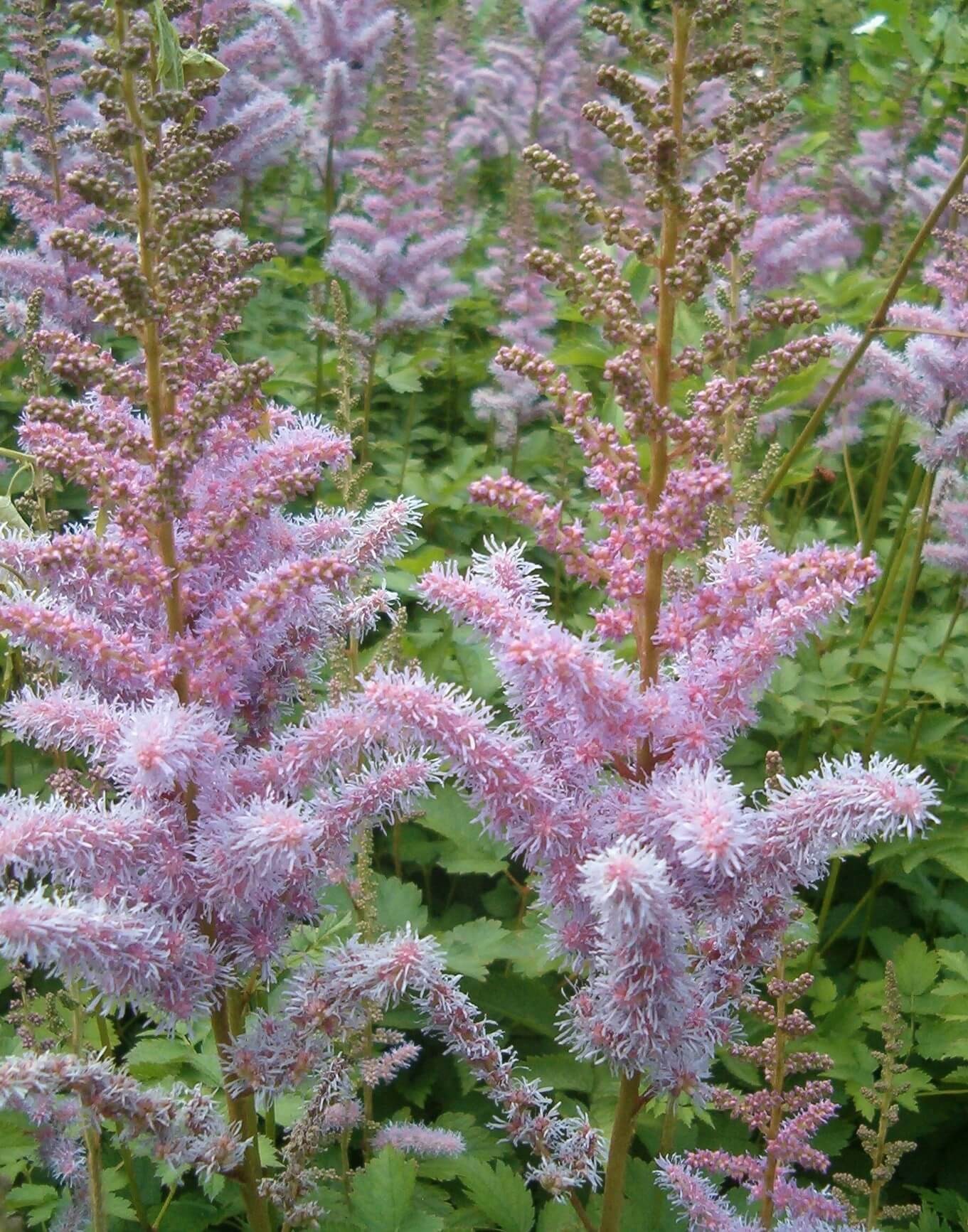Astilbe Plant Profile And Tips For Growing: Brighten Shady Garden Corners With Flowering Perennial Astilbe
For gardeners seeking to infuse a shade garden with vibrant hues, astilbe plants offer an excellent solution. Not only do they thrive in low-light conditions, but their showy flower heads also make ideal cut flowers for arrangements. As a versatile and low-maintenance option, astilbes provide gardeners with a reliable way to add color and interest to shaded areas.
By tolerating shade, astilbes offer a welcome respite from the often-monotonous palette of darker hues, instead bringing a pop of brightness to the landscape.
Cultivation Information and How to Grow Astilbe

Botanical and Common Name
Astilbe, commonly known as False Spirea, earns its nickname due to the striking feathery plumes it yields. These delicate, flower clusters are a notable characteristic of this ornamental plant.
Plant Category
Astonishingly, astilbes thrive as perennials, their growth zones spanning a remarkable range of 3 to 8. From the cooler climates of zone 3 and 4 to the more temperate regions of zones 5, 6, 7, and 8, these plants have adapted to flourish in diverse environments.
Bloom Time and Color

As the seasons transition from late summer to early fall, astilbes burst forth with vibrant blooms. This striking flora presents itself in a kaleidoscope of hues, boasting an impressive array of shades that span across the color spectrum. Lavender, purple, red, salmon, pink and white are just a few of the many captivating colors astilbes have to offer, making them a breathtaking addition to any autumnal landscape.
Foliage
In shaded gardens, a visually appealing sight can be created with the unique foliage of this plant. The leaves, which are often smooth and glossy, grow densely together in a cluster at the base of the plant, earning them a fern-like appearance that adds to their charm.
Growth Habit

The Astilbe plant boasts an intriguing combination of growth habits, featuring a rounded, clumping foliage that provides a lush foundation for its striking flower stalks. The latter’s vertical orientation stands out against the backdrop of many shade garden plants, making it a valuable addition to any shaded space.
Dimensions
While astilbe plants can reach heights of 2-3 feet, their compact and dwarf varieties offer even more versatility for gardeners. These shorter forms, which typically only grow a few inches tall, allow you to incorporate multiple cultivars into your shade garden bed without sacrificing space or visual interest.
Maintenance
While astilbe plants are generally low-maintenance and straightforward to cultivate, it’s essential to note that they do require consistent moisture. In fact, these plants thrive in environments where the soil is kept consistently moist, rather than allowing it to dry out completely.
Pests or Diseases
While astilbes are generally resistant to pests and diseases, they can still be susceptible to a few issues. One common problem is that the leaves may turn brown due to dehydration during periods of intense heat. This occurs when the plant does not receive adequate watering. However, this issue can be easily mitigated with proper irrigation.
Propagation Methods
For optimal propagation, astilbe enthusiasts typically divide their plants every 2-3 years as soon as they outgrow their containers or develop thick, woody centers. This process encourages new growth and prevents the plant from becoming too leggy. While it’s technically possible to propagate astilbes through seed, many cultivars are sterile and won’t produce viable seeds. However, some species of astilbe can be coaxed into producing seeds, which can then be used to create new plants.
Using Astilbe in the Garden

Preferred Conditions
When cultivating astilbe, it’s essential to provide them with a suitable environment. Specifically, they thrive in conditions that offer partial shade to full shade, where they can luxuriate in consistent moisture. This means avoiding situations where the soil dries out entirely, as this can be detrimental to their overall health and development.
Companion Plants
While astilbe’s delicate fronds provide a lovely visual contrast against the broad leaves of hosta, elephant ears, or caladium, gardeners can further elevate their shade border by incorporating colorful foliage plants. Coral bells and coleus are excellent choices for adding a pop of color to this area. Alternatively, consider flowering shade plants like polemonium, or one of these flowering shade-loving shrubs to create a vibrant display.
Seasons of Interest
While astilbe plants may not be as showy as some other flowers, they have a unique advantage – they offer three distinct periods of visual appeal throughout the growing season. In early spring, astilbes can be relied upon to produce delicate white or pale-colored blooms that add a touch of elegance to any garden bed. As summer approaches, the foliage takes center stage, providing a lush and vibrant backdrop for companion plants.
And finally, in late autumn, the astilbe’s feathery plumes emerge once more, providing a beautiful display of color as the last vestiges of warmth fade away.
Uses
While astilbes are often showcased in floral arrangements, their delicate beauty can also be appreciated in dried form for indoor displays during the winter months. As a bonus, these versatile plants offer more than just aesthetically pleasing blooms and foliage, making them an attractive addition to shade gardens where they thrive with minimal maintenance.
In fact, landscapers may find themselves enamored with the ease of growth and adaptability of astilbe perennials, which can quickly become a staple in any outdoor design.
Pictures of Astilbe Plants













